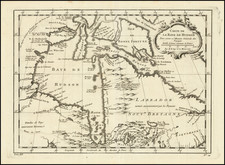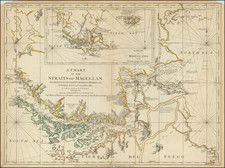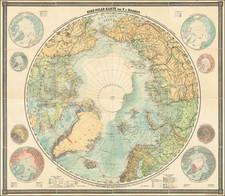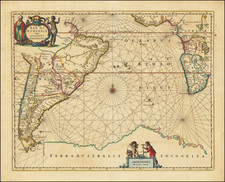Establishing New Zealand's Claims in Antarctica after the 1961 Antarctic Treaty System
This map, published by the Department of Lands & Survey, New Zealand, in 1963 under the authority of R. P. Gough, Surveyor General, traces the vast expanses of the Antarctic continent, with defined territorial boundaries such as the Ross Dependency, the Australian Antarctic Territory, and the British Antarctic Territory. The delineation of these territories showcases the geopolitical interest in this icy expanse and serves as a testament to the international endeavors to explore and study the region.
On closer inspection, the map offers insights into the geographical features of the continent. The Ross Dependency region, for instance, enumerates various coasts named after famed explorers like Pennell, Borchgrevink, Scott, and Shackleton, among others. The names, accompanied by specific latitudinal and longitudinal coordinates, reveal the stretches of coastlines these explorers are associated with.
Additionally, the map captures bases in the Graham Land Area, representing the touchpoints of human civilization in this largely untouched wilderness. These bases, ranging from Esperanza of Argentina to Deception Island of the U.K., highlight the multinational presence and cooperation in Antarctica.
Further enhancing its utility, the map incorporates a visual representation of land elevations, distinguishing regions that stand above sea level. Such demarcations provide a more informed perspective on the varied topography of the region, at least as it was understood at the time.
This is the third edition, published in 1963.
New Zealand's Claims in Antarctica
New Zealand's territorial claims in Antarctica are encompassed within the Ross Dependency, a sector of the Antarctic continent that stretches from the South Pole to the southern boundary of the Pacific Ocean between 160° East and 150° West. Proclaimed in 1923, the Ross Dependency is named after Sir James Clark Ross, who led an expedition that explored the region in the 19th century. While New Zealand administers the territory, maintains Scott Base as its primary research facility, and conducts various scientific activities there, it is important to note that all territorial claims in Antarctica are subject to the Antarctic Treaty System. This treaty, which came into effect in 1961, prohibits military activity, mineral mining, and nuclear testing while promoting scientific research and environmental protection, ensuring that the continent remains a place for peace and science.














